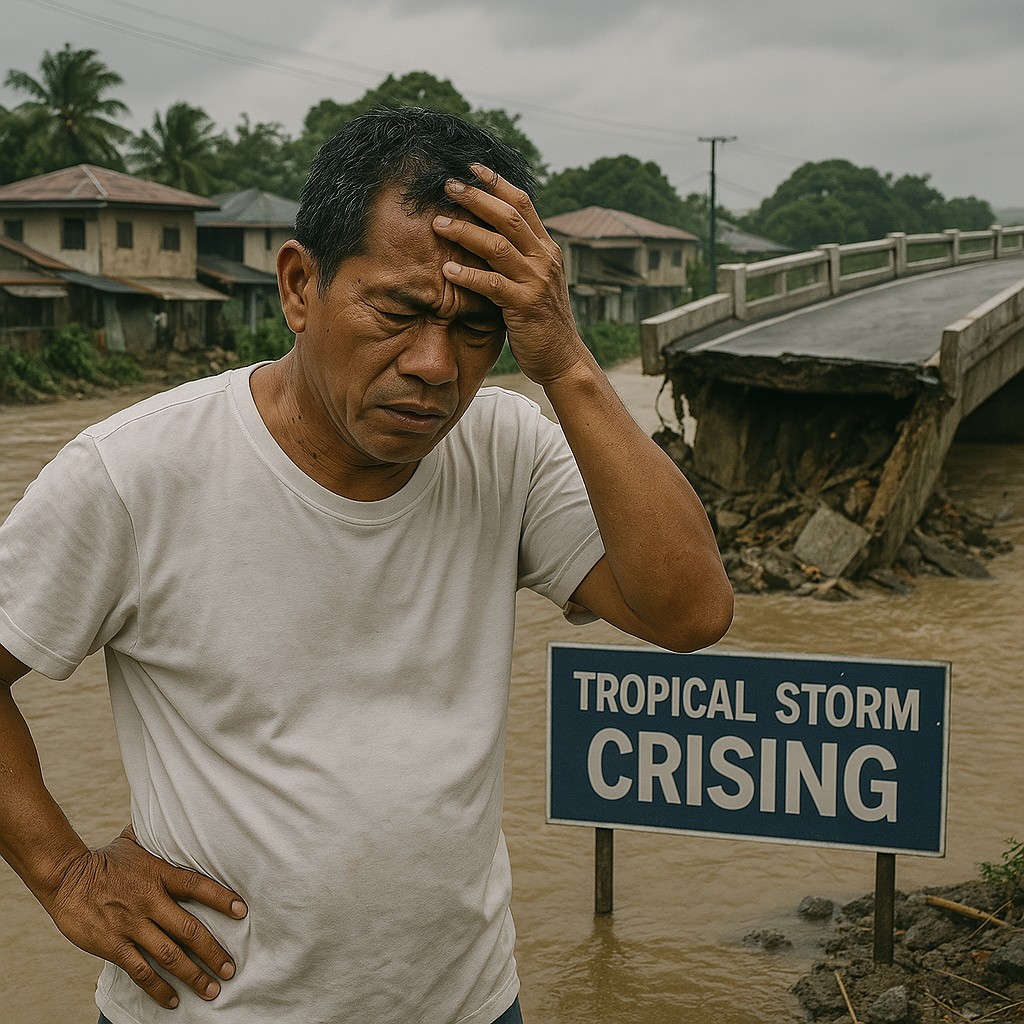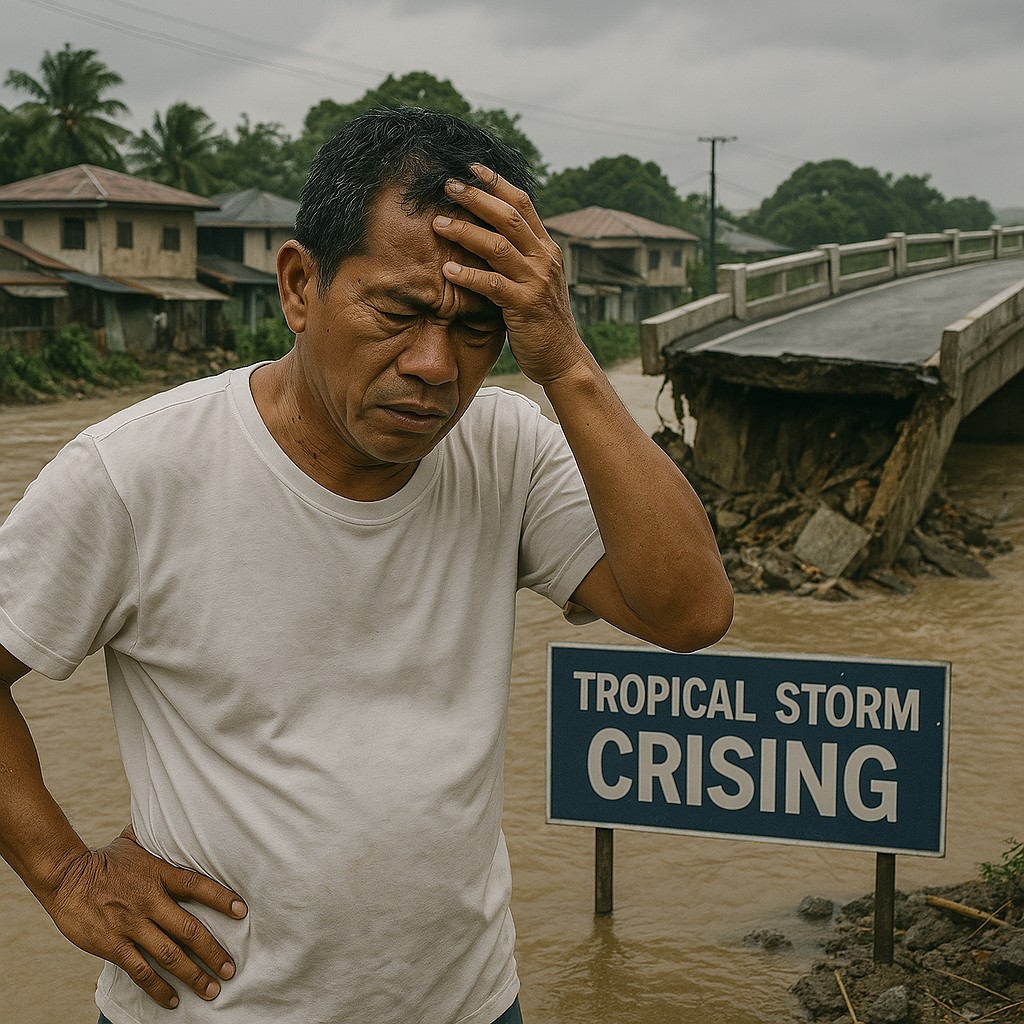
In the aftermath of Tropical Storm Crising, which battered Luzon with torrential rains and 90 km/h winds, the Philippines is again confronting the consequences of reactive governance. The storm exposed glaring vulnerabilities in the nation’s infrastructure, triggering landslides, power outages, and the collapse of two key bridges in Batangas and Quezon provinces.
Despite early warnings from PAGASA, local governments were slow to mobilize. Evacuation orders came late, and emergency shelters were under-equipped. The Department of Public Works and Highways (DPWH) admitted that several flood control projects were still “in procurement phase,” despite being approved in 2023.
Key impacts:
- Over 120,000 people were displaced across Southern Luzon
- ₱4.2 billion in infrastructure damage, including roads, bridges, and irrigation systems
- Power outages affecting 18 municipalities for over 36 hours
Critics argue that the government’s pattern of post-disaster response—rather than proactive planning—has become a costly norm. Former Senator Richard Gordon called it “governance by hindsight,” citing the lack of preemptive dredging and drainage upgrades in flood-prone areas.
The National Disaster Risk Reduction and Management Council (NDRRMC) defended its efforts, pointing to improved coordination and faster relief deployment. But analysts say the real issue lies in infrastructure resilience, not emergency logistics.
A 2024 audit by the Commission on Audit revealed that ₱11 billion in disaster preparedness funds remained unspent due to bureaucratic delays and a lack of technical capacity at the LGU level. Meanwhile, foreign investors are growing wary. A Japanese firm recently postponed a ₱6 billion port expansion in Subic, citing “unpredictable climate risk and governance gaps.”
Calls for reform are mounting. Think tanks like StratBase ADR urge the Marcos administration to adopt a national resilience framework, integrating climate adaptation, infrastructure hardening, and streamlined procurement. The private sector is also pushing for public-private partnerships to fast-track critical upgrades.
In Crising’s wake, the Philippines faces a choice: continue patching up after each storm, or build with foresight. The cost of delay is no longer just economic—it’s existential.




